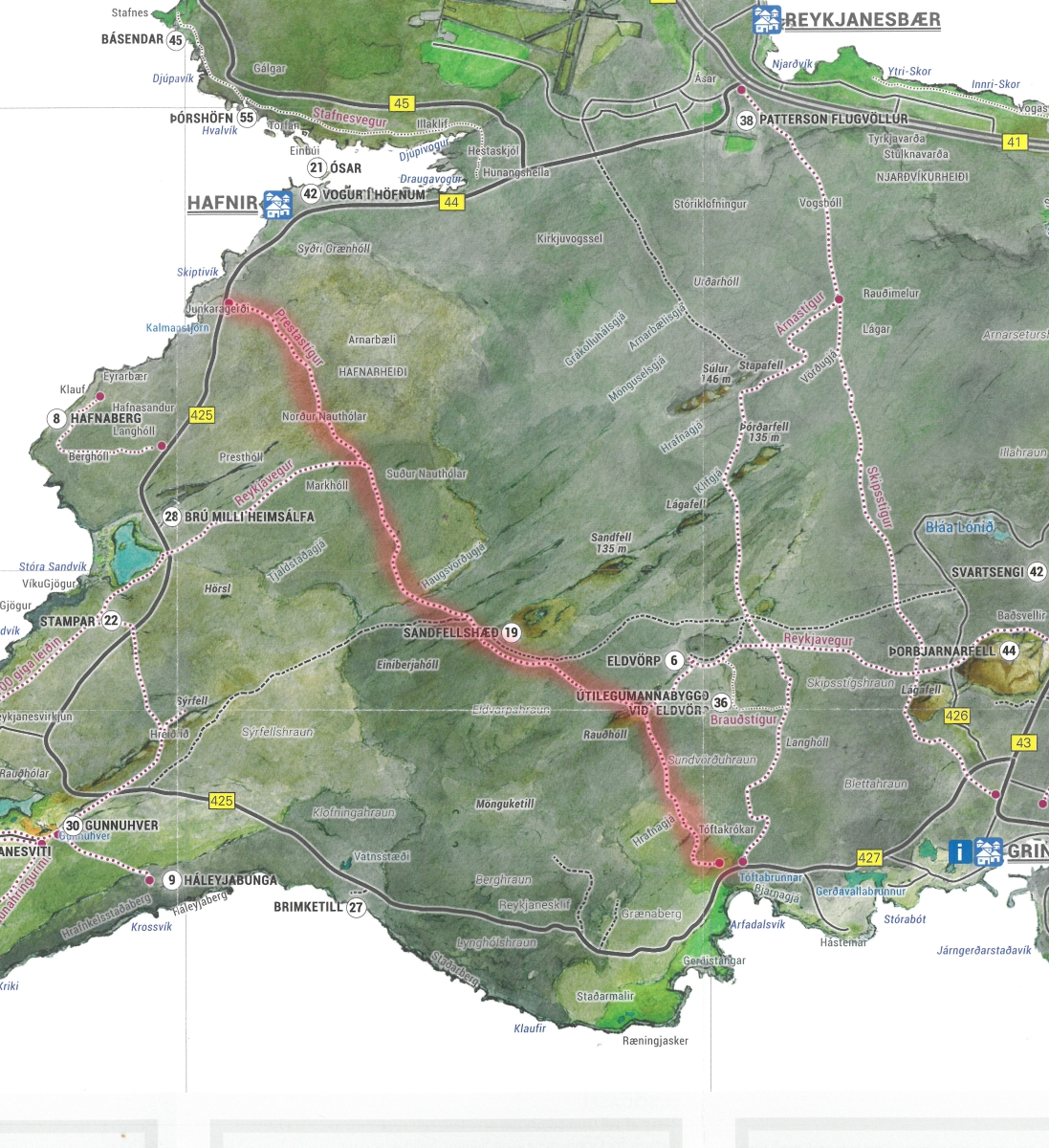Why you shouldn't make cairns in Iceland
What are cairns?
Scattered throughout Iceland, cairns are man-made piles of stones that range in size and shape from small, haphazard collections of rocks to towering, meticulously constructed structures. Typically crafted from lava rocks, these stone piles are a common sight as you drive through the country's scenic landscapes.
Why were cairns used?
In the past, Icelandic settlers relied on foot or horseback travel, as there were no roads and only sheep trails crisscrossed the unforgiving landscape. To aid navigation, they built cairns, which became crucial for finding one's way through fog, snow, or rain. These stone structures provided shelter for travelers and their horses during harsh weather conditions, serving as lifesavers in a challenging environment.
Why you shouldn't make one
It's not only illegal to disturb or remove existing cairns in the Icelandic highlands, but also forbidden to create new ones. While they may appear old and historical, cairns are still used as navigation aids by hikers, and building new ones could lead to confusion and disorientation, putting trekkers at risk of getting stranded and lost in the unforgiving landscape.
Also, it's generally advisable to leave rocks undisturbed to avoid harming the ecosystem. Moving or removing rocks can damage the delicate moss that covers a significant portion of Iceland's landscape. This vibrant green moss is particularly vulnerable to destruction by foot traffic or compression, making it essential to tread carefully to preserve this unique and fragile environment.
Where can I see cairns?
Below are the best spots to see existing cairns.
Prestastígur
Cairns are still visible on many of Icelands popular hiking trails, including here in Reykjanes. With the most popular being that of Prestastígur. For centuries, the Prestastígur (Priests' Path) has been traversed, but its name is relatively recent. Historically, priests traveled this route, albeit outnumbered by fishermen who followed it to fish in areas like Hafnir and Hvalsnes. In the 17th and 18th centuries, residents of Grindavík used the path to fetch groceries, making it a bustling thoroughfare evident in its well-worn features. The landscape is diverse, including lava from different periods.
This route is a diverse and engaging option, accessible throughout the year and identified by both cairns and posts. However, during winter months, snow can accumulate in the fissures, potentially obscuring the markings from view.
Fimmvörðuháls
The 22km (14mile) Fimmvörðuháls trail, a popular route that spans over 1000 meters in elevation gain. Beginning or ending in the uninhabited highlands, this challenging yet rewarding trek can be completed in one or two days, offering breathtaking views of Iceland's rugged landscape.
The path along Fimmvörðuháls is well-marked, rendering the cairns unnecessary for navigation. However, it's still worth keeping an eye out for them as they showcase Iceland's traditional cairn-building techniques. The trail can be challenging in some sections, featuring uneven terrain and potentially snow-covered patches.
Fimmvörðuháls, a challenging hike, begins in Skógafoss waterfall on the south coast and ends in the Þórsmörk region of the highlands. The trail is only accessible during the summer months of June to September, but for an added adventure, consider combining it with the longer Laugavegur Trail, which is twice as long.
Laufskálavarða
On Iceland's south coast, Laufskálavarða is renowned for its extensive array of hundreds of cairns scattered across the landscape. The cairns, built by travelers attempting to cross the nearby Mýrdalssandur desert for the first time, held a significant purpose: it was believed that building a cairn would ensure safe passage through the treacherous terrain.
The farm of Laufskálar, once a thriving hub, was devastated by a volcanic eruption, leaving behind a vast lava mound now known as Laufskálavarða. Due to the treacherous terrain, travelers still take great care when traversing the barren landscape, seeking extra luck to guide them through the hazardous terrain.

